Architect Thomas Hillier has created a model of a miniature world based on a story about the journey of a fictional couple through Europe in a caravan made of bread. Called The Migration of Mel and Judith, the model caravan is made of bread, seeds, paper and fake grass. Hillier uses multiple techniques to tell his story including stitching, baking and collage. According to his story the mobile home would have its own microclimate as fans, a roof sprinkler system and an interior snow machine can control its interior environment. The rest of the story unfolds in a lampshade. Here’s more from Thomas Hillier: The Migration of Mel and Judith was my first real exploration into using narrative as the vehicle for generating and scrutinising my architectural ideas. It was also where I began using craft-based techniques and 2/3-dimensional assemblage to illustrate the design process. The project is broken into two geographical episodes which explore the life and travels of English couple Mel (short for Melvin) and his wife Judith. The recently retired twosome have decided to give up on their life in London’s third City and travel around Europe in search of the perfect caravan spot and a touch of hot weather! As they travel the couple realise they miss the home comforts of England, especially white bread which seems impossible to get abroad. To combat their longing they slowly adapt and customise their caravan/house to feel a little more like home. Walls of the caravan are constructed from aroma filled bricks of white bread, custom made by Mel & Judith themselves. Other adaptations include the pebbledash façade reminiscent of their Croydon abode created using discarded bread seeds picked off by Mel (they get stuck in his dentures). A green lawn-carpet that is much cooler underfoot than the hot Marbella sand and a series of solar powered fans that surround the caravan-house defining Mel & Judith’s territory wherever they set up camp. These fans create a microclimate between the hot air of Marbella and the cool air of the caravan-house. Finally when it gets too hot the couple can recreate the inclement English weather using the roof sprinkler system and snow-machine fireplace. This part of the project adopted the memories of Mel & Judith to create their traveling bread-caravan, a spatial metaphor for the displacement of one culture to another. Becoming bored with Europe, Mel & Judith eventually decide to settle down to a new life in Luxor, Egypt (Judith loves Agatha Christie). They now live on a small uninhabited island situated on the River Nile, where in their weird and wonderful ‘Do-It-Yourself’ English manor Mel brews beer in his bathtub-brewery whilst Judith bakes rose-bread in the bread-garden. For half the year between September and March this emerged baron island, as well as Mel & Judith’s manor and surrounding holiday chalets lie dormant allowing the couple to get some well-earned peace and quiet and give Mel the chance to brew his beer. Between the months of April and August (the Egyptian holiday season) the Nile rises and the island is submerged with only the highest outcrops remaining accessible. The island comes alive during this holiday season creating an English retreat in the middle of Luxor, a retreat that lures in English tourists with the opportunity to be surrounded by the sights and smells of home. This second episode of the project unfolds internally and externally on a rather kitsch 70’s tasseled lampshade, similar to that owned by Mel & Judith and many a Grandparent (including mine). The outside of the lampshade explores at a smaller scale the story and floating movements of the rose-chalets during the summer period when the tide of the Nile is at its peak. Internally the lampshade explodes with life, exploring Mel & Judith’s manor house and how their interactions affect the Nile and beyond. The architecture is created and built for the specific needs and functions of the two users, not for its aesthetic appeal. The scheme aims to be beautiful in its ugliness, a building with a sustainable lifecycle that allows Mel & Judith to ‘live of the land’. Its not concerned with modern sustainability, which seems as much about technological advancement as it does environmental impact. The building is reminiscent of past times and a ‘do it yourself’ mentality that references, in particular a late 70’s TV show we had in the UK called The Good-Life, a show about a retired couple who decide to live a sustainable, simple and self-sufficient lifestyle while staying in their beloved home.

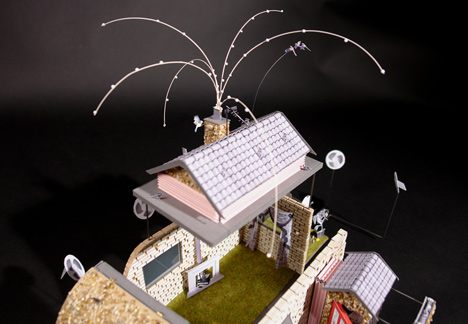
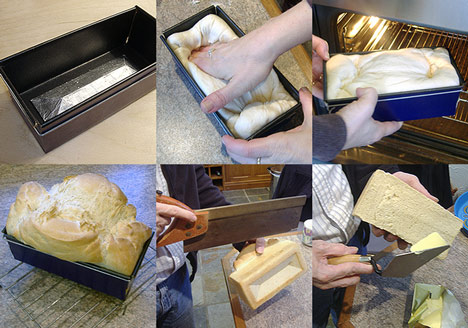
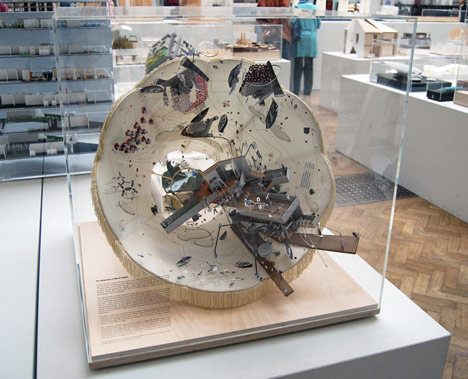
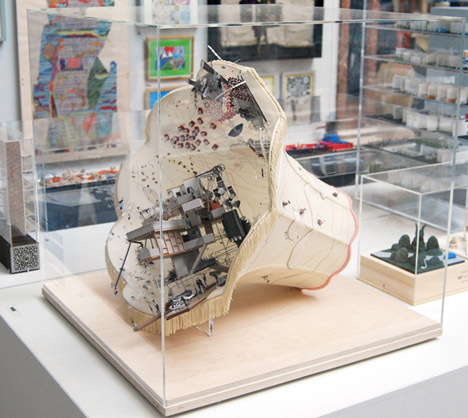
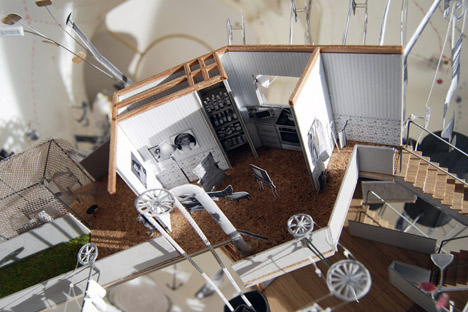
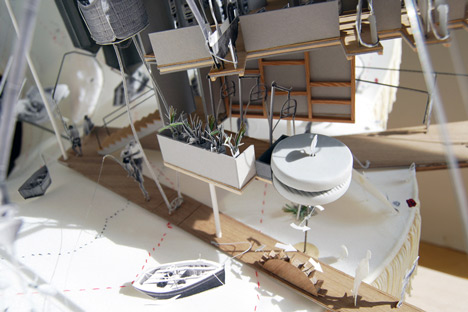
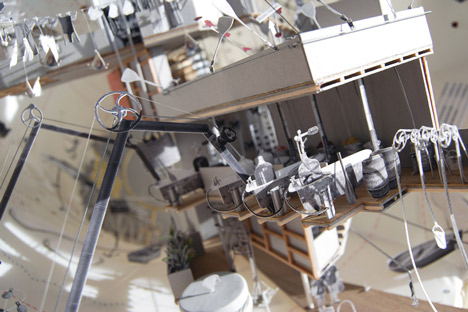
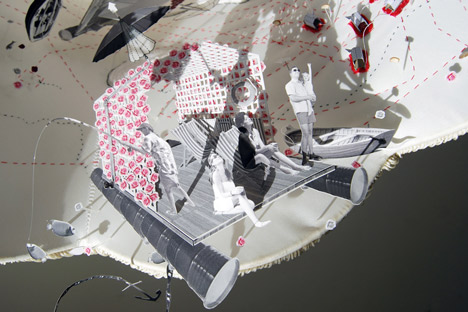
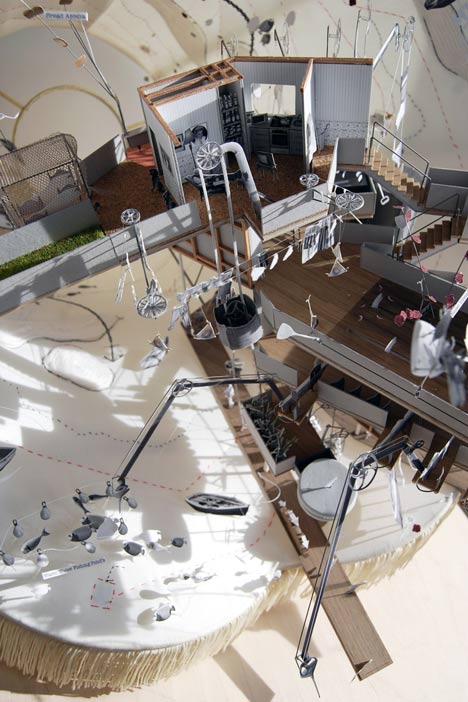
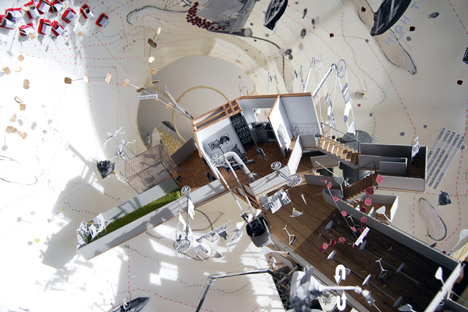
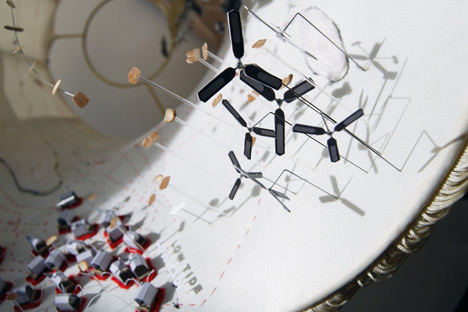
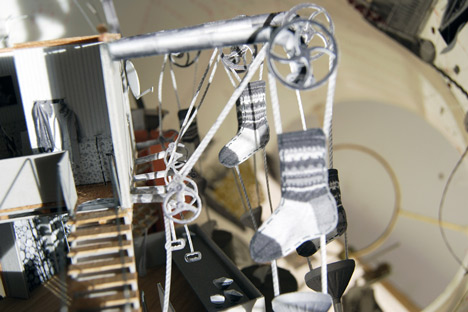

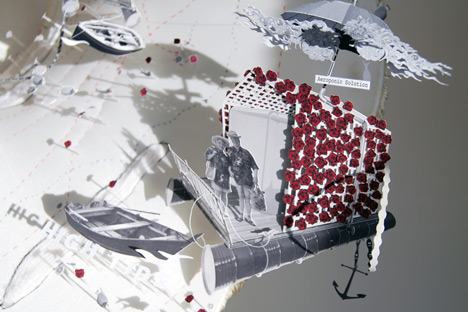
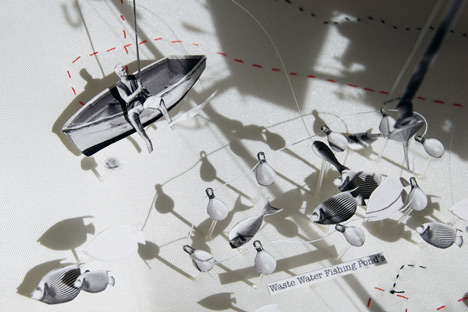
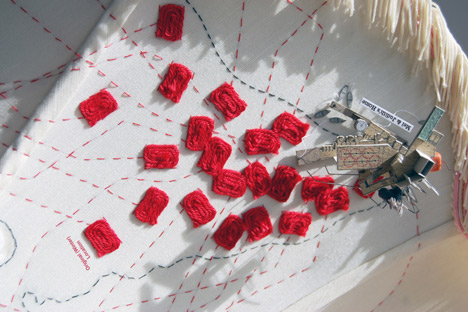
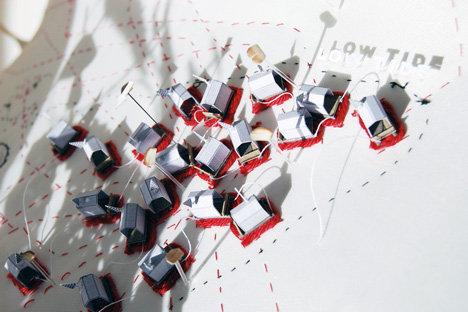
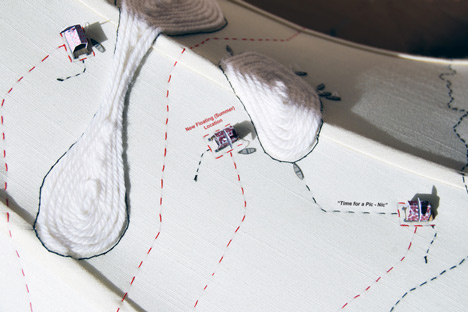
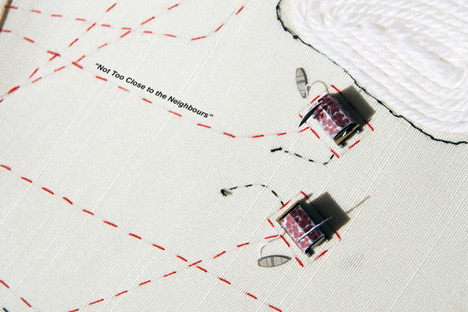
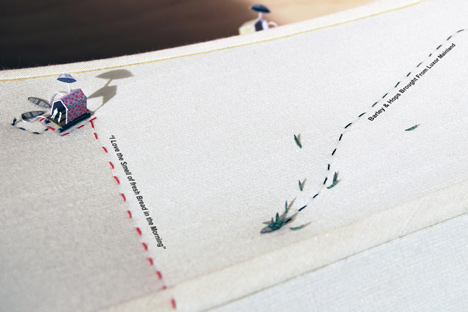
博客公告
-
If you are not ambitious, you will not excite people;
-
and if you can't excite people, you won't make a outstanding man.
by Thomas Heatherwick
contact:328287104@qq.com
日志分类
- Travel(13)
- Photography(13)
- Architecture(115)
- Design(110)
- Myworks(6)
- Article(236)
- office(9)
- hotel(6)
- house(86)
- museumandTheatre(18)
- IndustrialDesign(162)
- Church(8)
- shop(27)
- fashion(5)
- Exhibition(41)
- PublicArt(9)
- light(7)
- education(6)
最新评论
友情链接
统计信息
博客:1171
篇
评论:216
访问:正在读取...
评论:216
访问:正在读取...
日志
The Migration of Mel and Judith by Thomas Hillier
(2010-11-05 10:11)
标签:无
登录发表评论




所有评论